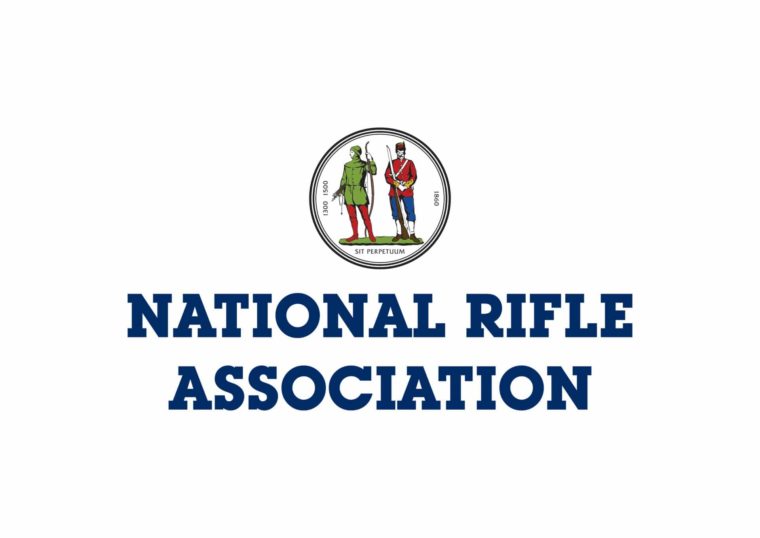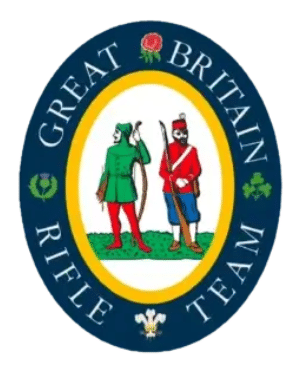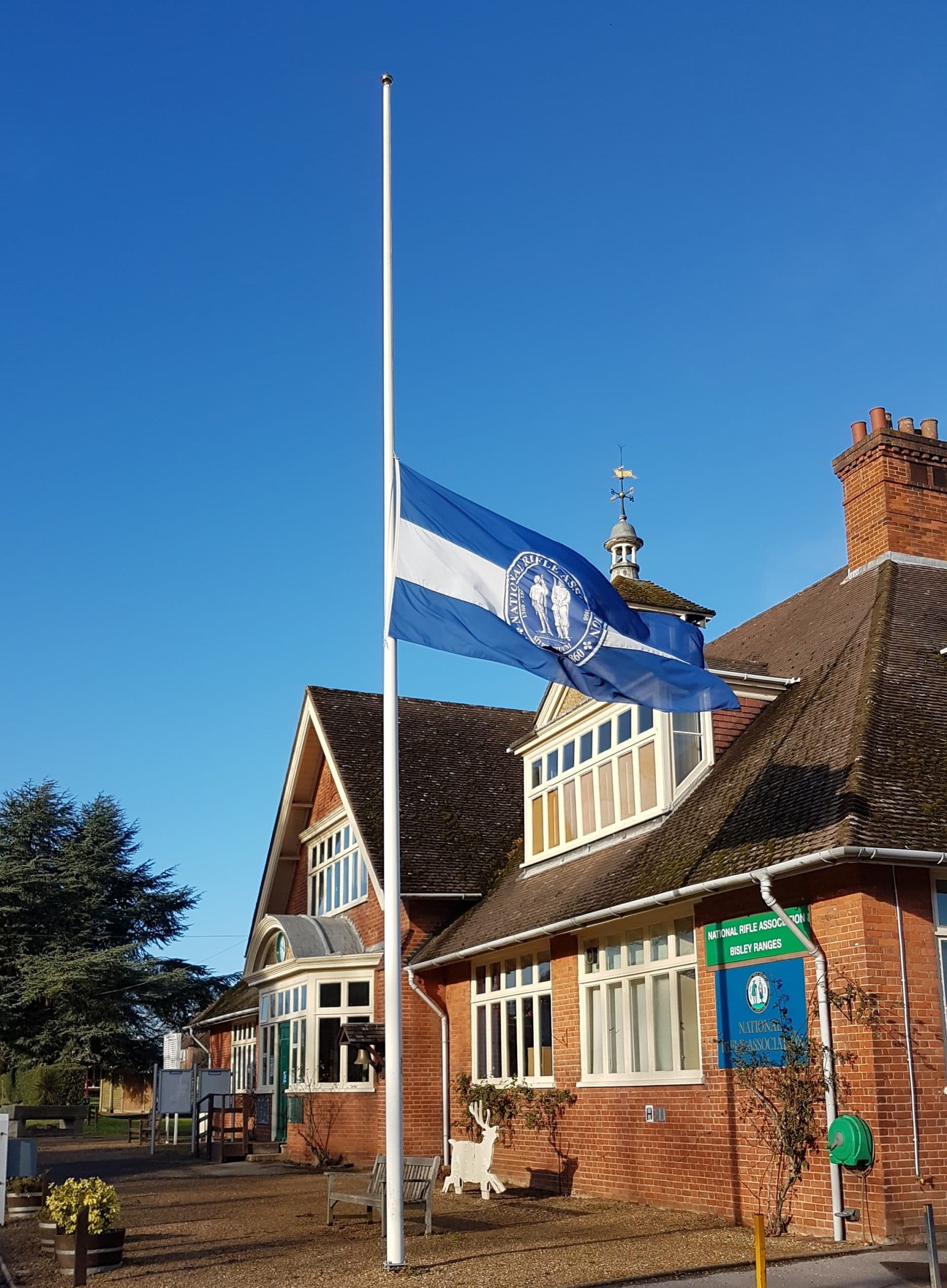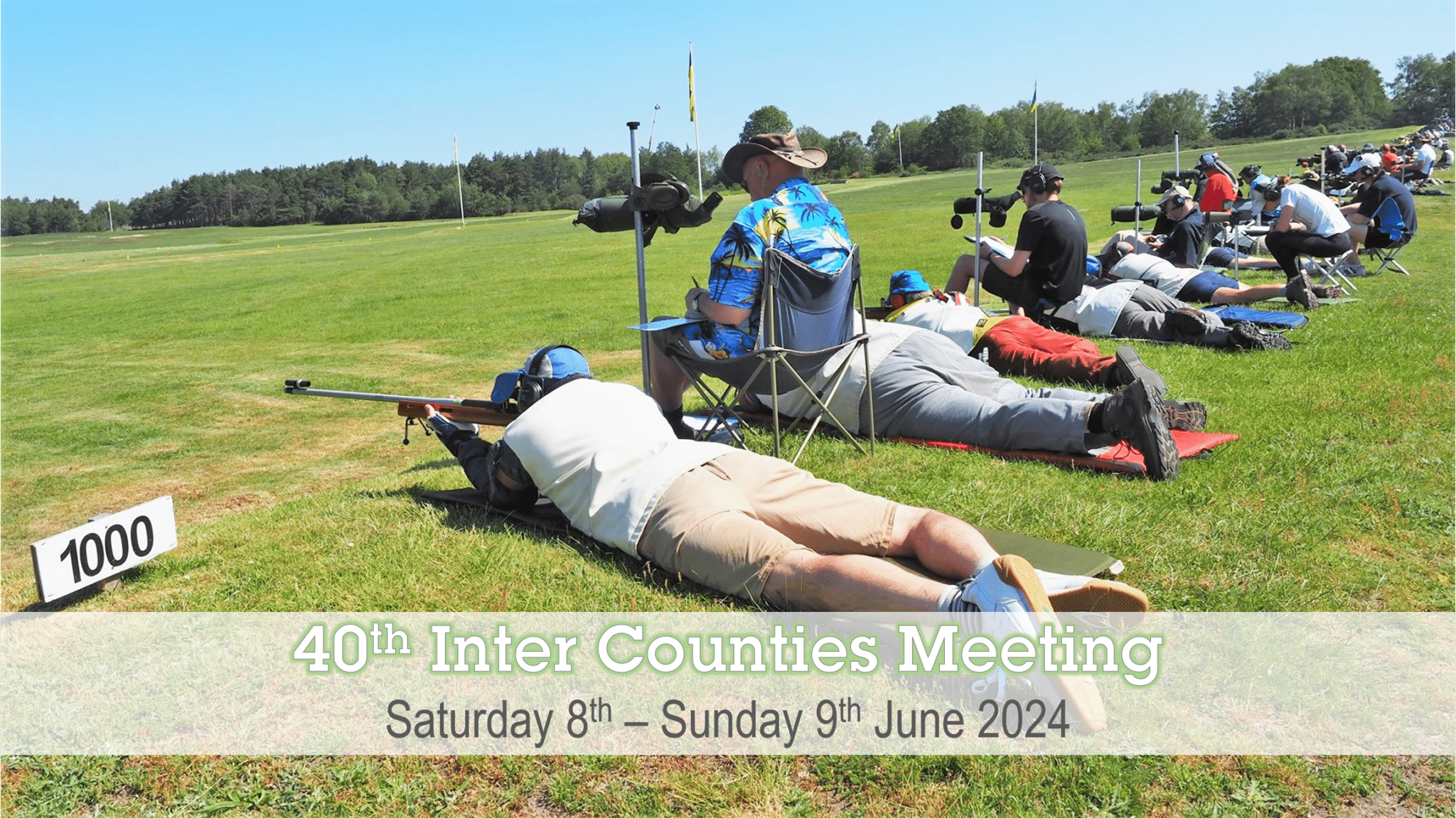GGG Ammunition Extractor Issues at the 2019 Army Open

National Rifle Association
The NRA is aware of the extraction problems which have been reported from the ATRC Meeting this weekend, however it is not our meeting; the ammunition was not purchased from the NRA but is MOD issue to the ARA. Strictly speaking therefore it is not our problem, nor can we become involved unless invited to do so.
The ATRC secretary appears to have taken sensible steps to collect and preserve as much evidence as possible and we believe that will be made available to us for analysis in the next few days. We expect a preliminary report of any finding to be made to the NRA Shooting Committee at its next meeting on Thursday 9th May
The facts as reliably reported by a well respected gunsmith are these : two (only) broken extractors have been reported;
(i) a Paramount, which is thought may be coincidental and has occurred through normal wear and tear. We have not been made aware of any further problems with this rifle after the broken extractors was replaced.
(ii) a Grunig and Elmiger. From initial examination by a gunsmith it appears this may be caused by a chamber problem; dirt, corrosion or for some other reason and is yet to be fully investigated.
There have been extraction (NOT ejection) problems reported with a small number of Barnard actions, some of which involve extractors becoming detached from their slot in the bolt making it impossible to withdraw the bolt more than a few millimetres. NO broken Barnard extractors have been reported.
On that basis, the facts speak for themselves – at present this appears to be a problem confined to a small number of Barnard actions. This indicates a possible problem with the geometry / dimensions of the extractors and/or clearances within the action when used with this ammunition. This is reinforced by the fact problems have not been reported using other actions.
The GGG factory gained ISO 9001 and ISO 14001 approval in 2002 which has been regularly updated, and currently operates to a full independently certified quality assurance system to the latest quality management system standards of ISO 9001:2015 and ISO 14001:2015. It also has full CIP approval.
GGG is a military ammunition factory, therefore functionality is an absolute priority – cartridges must feed, go bang and extract without fail. Consequently there is a 100% check of case dimensions during manufacture and cartridge dimensions after loading which includes rim thickness, case lengths/diameters and COAL . Anything which is outside specification will be rejected.
Some fired cases have been reported which are significantly longer than expected. Case length after firing is influenced by the chamber shape and dimensions and a number of other possible factors. Most TR chambers are cut with a ‘minimum chamber reamer’, therefore the corresponding dimension inside the chamber for the case length dimension of the cartridge is unlikely to significantly exceed 2.025″. If so it is unlikely a case measuring > 2.030″ before firing could be chambered other with some significant difficulty closing the bolt and possibly not at all. If chambering of such an over-length cartridge case was nevertheless achieved, the effect on firing would be significantly increased pressure, almost certainly resulting in a primer leak and possibly a ‘blown’ primer. There is no evidence of either, nor is the primer excessively flattened.
NO genuine signs of elevated pressures have been reported, only unsubstantiated statements that ‘there must be a pressure problem’ with no evidence to support that contention. No instances of problems of serious difficulty lifting the bolt handle (usually one of the first signs of elevated pressure), primer leaks or blown cases have been reported.
A photograph of a mark on the head of one case has been published. It is impossible to determine without further investigation if this occurred closing or opening the bolt or the exact cause and even then no explanation may be possible. This sort of mark can be, and often is, caused by rifle headspace at minimum (or less which has been the practice of some gunsmiths) and cartridge headspace at the top of the permitted tolerances – there is a .003″ interference fit between cartridge and chamber in those circumstances.
The ammunition has been pressure tested both at Birmingham (CIP and NRA R150 min spec barrels) as previously reported and by GGG (CIP barrel) as part of standard factory quality control procedure. It is under the permissible limits in all tests.
There are also reports of brass shavings in bolt face etc. This is almost certainly caused by sharp edges on or by poorly shaped extractors, possibly in combination with the shape/diameter of the case rim. If the latter is within specification, which it is expected it will be found to be, then again it is a rifle problem.
Over 650 rounds have been fired in testing the 2019 ammunition using 6 different barrels with a Swing M4 action with no signs whatsoever of elevated pressure, noticeable difficulty closing the bolt, extraction issues or brass shavings created. A further 70 rounds were fired by two top shooters using an RPA 2000 and Quadlock. NRA has sold over 20k rounds of this ammunition so far. Again, no problems have been reported
The initial conclusion is, without pre-judging the results of any investigation, this is a rifle NOT an ammunition problem. It is apparently confined to one make of rifle action and potentially only a limited number of those actions.
Andrew Mercer
Group Chief Executive & Secretary General




Published on:
May 07, 2019
Share